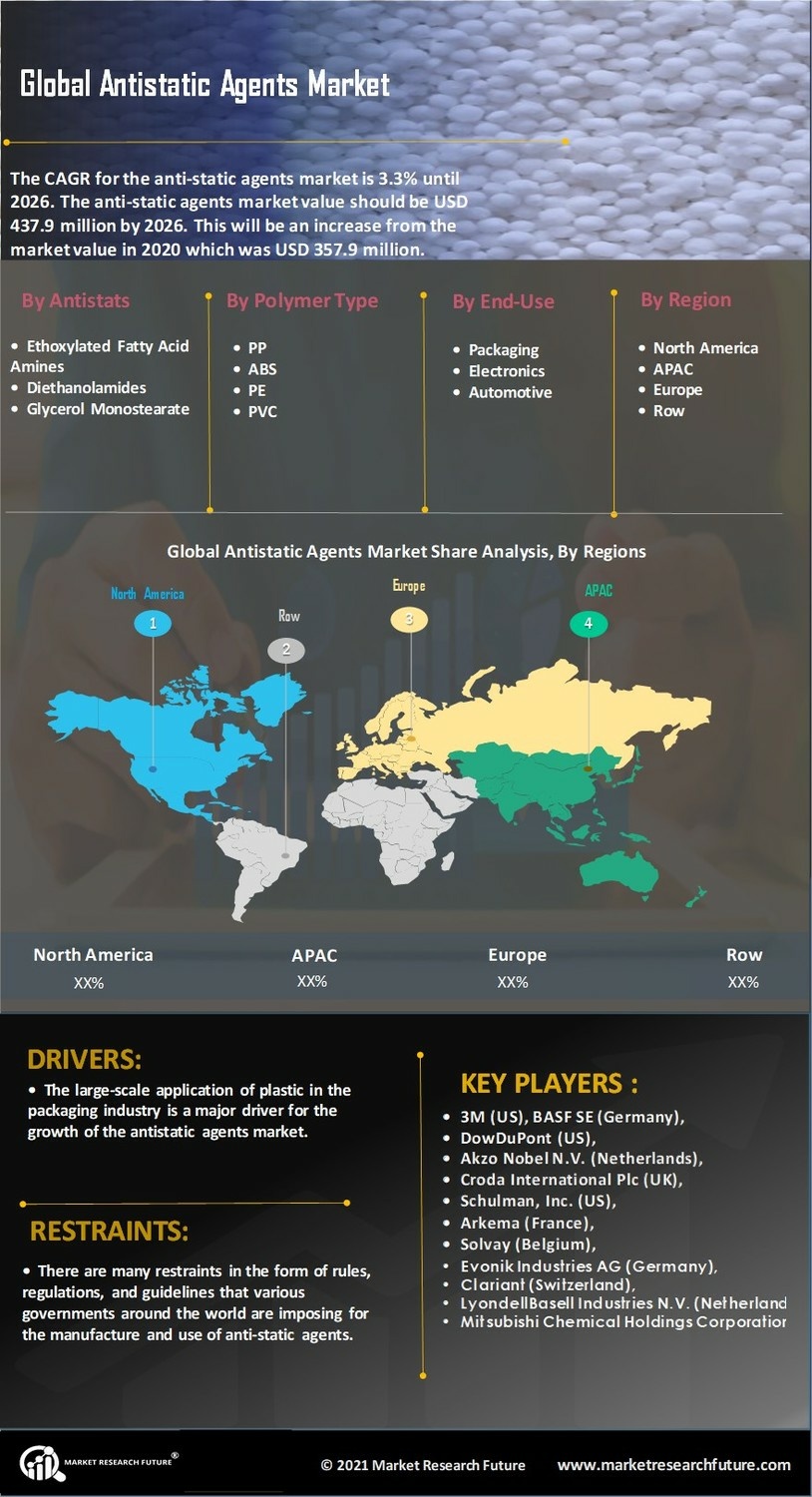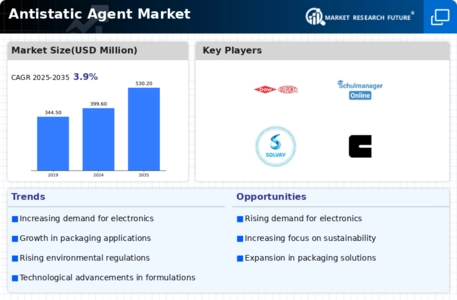Antistatic Agent Market Summary
As per Market Research Future Analysis, the anti-static agents market is projected to grow at a CAGR of 3.90% until 2030, reaching a market value of USD 437.9 million, up from USD 357.9 million in 2022. The demand for anti-static agents is driven by their essential role in preventing static electricity in plastics, which are widely used across various industries, particularly in packaging and electronics. The COVID-19 pandemic impacted production and raw material availability, leading to increased costs. However, the market is witnessing growth due to rising industrialization in the Asia-Pacific region, particularly in India and China, and the growing demand for environmentally friendly packaging solutions.
Key Market Trends & Highlights
The anti-static agents market is characterized by significant growth drivers and emerging opportunities.
- CAGR of 3.90% until 2030; Market value expected to reach USD 437.9 million.
- Asia-Pacific holds the largest market share due to rapid industrialization.
- Increased demand for anti-static agents in the packaging and electronics industries.
- R&D investments are driving the development of safer, environmentally friendly anti-static agents.
Market Size & Forecast
| 2022 Market Size | USD 357.9 million |
| 2030 Market Size | USD 437.9 million |
| CAGR | 3.90% |
Major Players
3M (US), BASF SE (Germany), DowDuPont (US), Akzo Nobel N.V. (Netherlands), Croda International Plc (UK), Schulman, Inc. (US), Arkema (France), Solvay (Belgium), Evonik Industries AG (Germany), Clariant (Switzerland), LyondellBasell Industries N.V. (Netherlands), Mitsubishi Chemical Holdings Corporation (Japan)















Leave a Comment